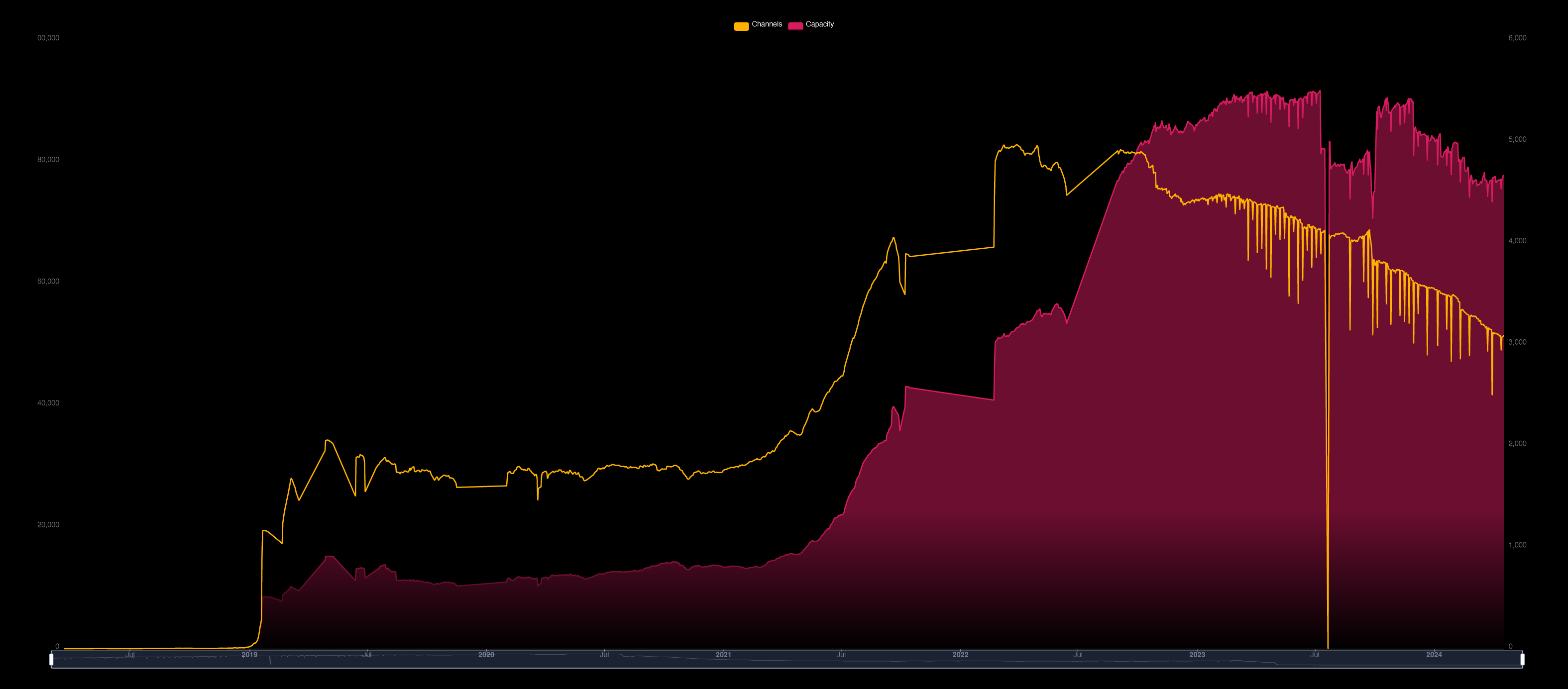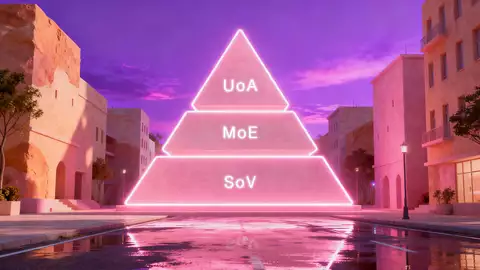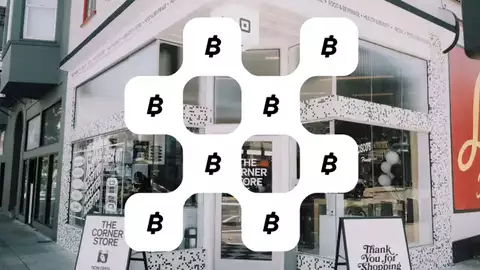
What the Drop in Lightning Nodes Means for LN's Future?
Posted over 1 year ago by LN+
If you examine the historical statistics of Bitcoin's Lightning Network (LN)—including node count, channel count, and total channel capacity—you will notice a decline since the first quarter of 2022. Over the past two years, it appears that LN is not only stagnating but also contracting significantly.
This contraction is surprising, especially considering the seeming all-time high popularity of LN by other metrics. A recent report by River highlighted a 12-fold increase in LN transactions in the last approximately two years. Most progressive exchanges support LN, and the others are planning to implement it soon. Nostr, a prominent decentralized social network, is entirely powered by Lightning. Moreover, merchants are reporting growth in LN payments.
So, what is happening? How can there be such a discrepancy between usage and node growth? Is LN still the future of payments on Bitcoin? Let me explain how I interpret the statistics of nodes and channel counts and why they might be misleading.

This contraction is surprising, especially considering the seeming all-time high popularity of LN by other metrics. A recent report by River highlighted a 12-fold increase in LN transactions in the last approximately two years. Most progressive exchanges support LN, and the others are planning to implement it soon. Nostr, a prominent decentralized social network, is entirely powered by Lightning. Moreover, merchants are reporting growth in LN payments.
So, what is happening? How can there be such a discrepancy between usage and node growth? Is LN still the future of payments on Bitcoin? Let me explain how I interpret the statistics of nodes and channel counts and why they might be misleading.

Overexcitement in 2021
It's clear that 2021 saw massive growth, primarily driven by Umbrel's sudden popularity. Umbrel simplified running both Bitcoin and Lightning nodes on inexpensive hardware, offering a graphical user interface (GUI) over the command line and promising complete self-sovereignty. Thousands began running nodes and opening channels. However, the initial excitement faced technical challenges when Umbrel introduced multiple apps in their app store, overwhelming the underpowered devices. Long-term operation of Raspberry Pi computers occasionally proved unreliable. A small percentage of nodes failed, deterring many users from keeping their bitcoins on such devices, resulting in many Umbrel nodes going offline.
Disillusion with Routing Earnings
Many enthusiasts began running nodes and opening channels in 2021, hoping to earn significant fees from routing, despite no guarantees of high earnings from operating a Lightning node. While a few operators do earn significant income from their nodes, it generally requires managing many well-selected channels. Some operators, unable to turn a profit, also began shutting down their nodes starting in 2022.
High On-Chain Fees
Bitcoin's on-chain fees have risen sharply recently. In the early days of Lightning, channels could be opened for as little as 1 sat/vB; now, the cost often exceeds 20 sat/vB. Coupled with the increase in Bitcoin's value, channel openings have become expensive, costing around $10, compared to just cents earlier. This increase makes experimentation costly, deterring new users from opening many channels.
Network Optimization
Post-2022, many professional node operators and companies have optimized their approaches to running Lightning nodes, resulting in fewer but larger channels opened to strategically important nodes. Some U.S. companies are also regulated to open channels only with other U.S. companies, contributing to fewer channels overall.
Experimentation by Companies
In early 2022, the substantial inorganic growth in nodes and channels resulted from companies experimenting with creating nodes for their customers en masse. This approach proved costly and inefficient, leading to the closure of many of these nodes.
Private LN Networks
The statistics reflect only publicly visible nodes and channels. Anecdotally, we know that many channels are opened privately. Private channels offer advantages such as enhanced privacy and avoidance of channel "draining" through rebalancing, which is crucial for large companies needing reliable capacity on one side to serve customers. However, receiving payments in private channels can be cumbersome, requiring hints in the invoice. The private segment of the Lightning Network could be expanding rapidly, but this growth is not reflected in public statistics.
The Value of Bitcoin Increased
In recent years, the value of Bitcoin has significantly increased, meaning the existing channel capacity can carry more value in dollar terms. Consequently, there is less urgency to increase capacity. If the value of Satoshis continues to rise, the current network could meet future users' needs without adding significantly more Bitcoin to channels.
LN is Still Too Hard
Despite the ease of setting up and operating an LN node with services like Umbrel, Voltage, and natively with LND or CLN, understanding the fundamental concepts of channels and liquidity remains challenging. We need more education and better software and services to include more people.
Custodial LN is Easy
Lightning is primarily built for microtransactions, ranging from fractions of a cent to several dollars. The use cases include tipping, paying for content, and purchasing services. Consequently, many people prefer not to manage a substantial amount of value in their Lightning wallets, allowing custodial services to offer wallets (ex. Speed Wallet) that simplify node and channel management, enabling instant receipt and sending of any amount of Satoshis. However, these custodial wallets are straightforward to set up and use, but they also mean you do not control your keys or run your node, thus your node will not appear in statistics.
What the Future Holds
Lightning is clearly a highly beneficial technology that offers numerous advantages to Bitcoin users: it natively uses Satoshis as the unit of account, it is fast, inexpensive, secure, and easy to use, supporting technologies like the Lightning Address. Lightning-related tools will continue to improve, the number of enthusiasts will grow, and more companies will offer a broader range of products to cover all use cases. The usage of LN will generally increase, but despite this, we may see further erosion of node count in the next year or so due to the reasons mentioned above. At some point, the node count is expected to begin increasing again, at a steady, sustainable rate. However, just like today, a large percentage of LN users will continue to choose custodial wallets for their everyday needs.
0 Comments
Please login to post comments.

Lightning Network Node
LightningNetwork.Plus
Rank: 5 / Titanium
Capacity: 35,000,000 SAT
Channels: 7
Latest news
Channel Rebalancing 101: Practical Strategies for Better Routing
Posted 24 days ago
From Digital Gold to Digital Cash: Why the Lightning Network’s Moment Has Arrived
Posted about 1 month ago
Square Launches Lightning-Powered Bitcoin Payments: Zero Fees Until 2027
Posted 2 months ago
Introducing Telegram notifications
Posted 3 months ago
Introducing Nostr DM notifications
Posted 3 months ago




